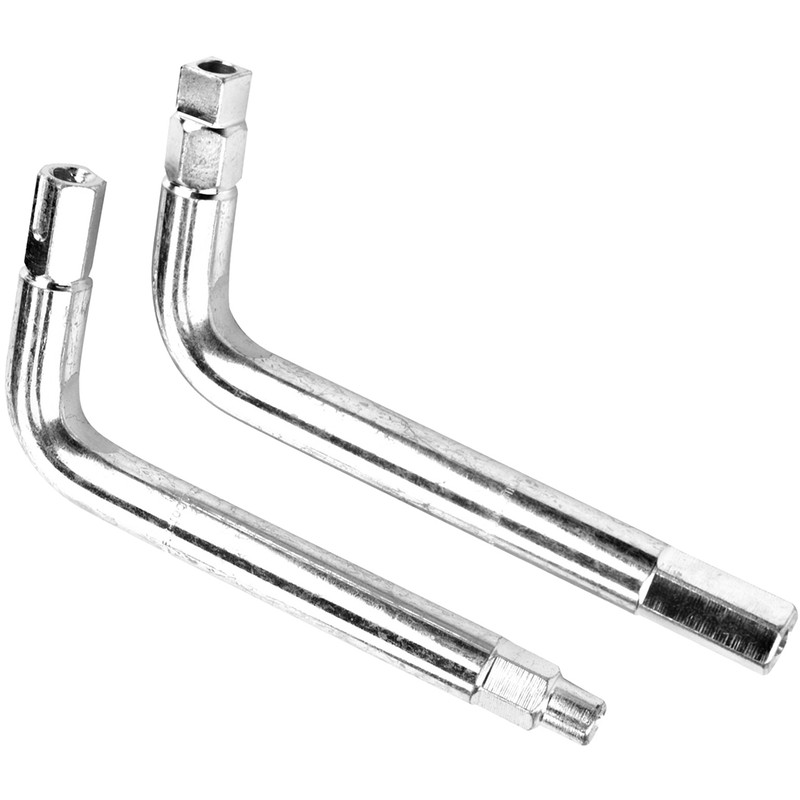- Joined
- 11 Nov 2022
- Messages
- 3
- Reaction score
- 0
- Country

Hi,
This is my first post, hello.
I'm trying to do some DIY on my flat and I want to take radiators off the walls to do some plastering.
The radiators are old Imperial types with union tails but some of the TRVs are missing heads and others are stuck closed so I was planning to replace the valves. The pipes are a bit close to the walls to simply replace the radiators at the same time.
I'm having trouble finding new TRVs that would fit. It looks like these would work https://www.cityplumbing.co.uk/p/drayton-angled-trv4-12inch-705153/p/818222 if I can get them to the right height on the pipe to align with the radiator.
I wonder though if I could use the basic version which seems half the price but has a female thread on the bottom? https://www.cityplumbing.co.uk/p/drayton-white-angled-trv4-and-lockshield-valve-15mm-705180/p/536289
Many Thanks!
I've attached some photos of my current setup:



This is my first post, hello.
I'm trying to do some DIY on my flat and I want to take radiators off the walls to do some plastering.
The radiators are old Imperial types with union tails but some of the TRVs are missing heads and others are stuck closed so I was planning to replace the valves. The pipes are a bit close to the walls to simply replace the radiators at the same time.
I'm having trouble finding new TRVs that would fit. It looks like these would work https://www.cityplumbing.co.uk/p/drayton-angled-trv4-12inch-705153/p/818222 if I can get them to the right height on the pipe to align with the radiator.
I wonder though if I could use the basic version which seems half the price but has a female thread on the bottom? https://www.cityplumbing.co.uk/p/drayton-white-angled-trv4-and-lockshield-valve-15mm-705180/p/536289
Many Thanks!
I've attached some photos of my current setup:




